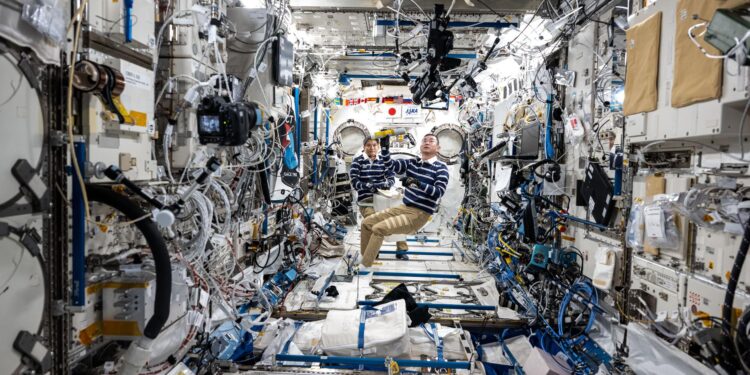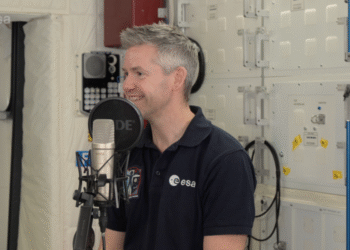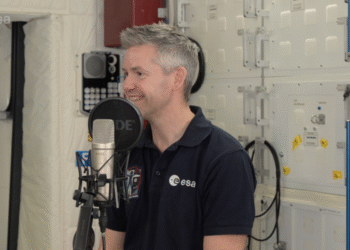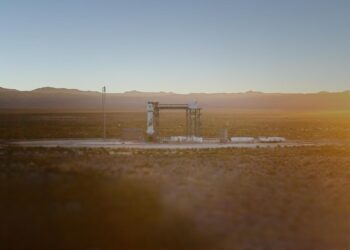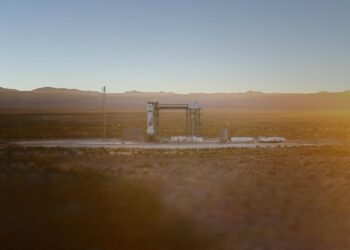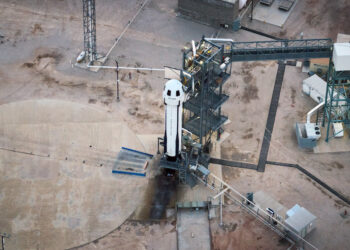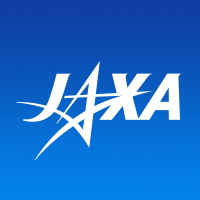The International Space Station (ISS) continues to serve as a vital hub for scientific research, even after some of its crew members have returned to Earth. A particular focus has been placed on studying the human circulatory system to understand how microgravity affects blood flow and vessels in astronauts. This research is crucial for unveiling the physiological changes that occur during prolonged space missions, which are essential for future deep-space exploration.
Astronauts aboard the ISS are conducting numerous experiments designed to explore how the absence of Earth’s gravity influences the cardiovascular system. One of the objectives is to assess the adaptations needed for maintaining circulatory health in space, potentially leading to the development of countermeasures against any negative impacts. These insights are not only beneficial for space missions but also have potential applications in medical fields here on Earth.
Research Methods and Experiments
The experiments involve a variety of methods, including ultrasound scans to analyze blood vessel function and measurements of blood flow dynamics. These methods help researchers gather detailed data about the cardiovascular system. The research is expected to fill gaps in our understanding of cardiovascular health in space, informing medical protocols and possible interventions.
Moreover, this ongoing study is part of an international effort involving collaboration with various space agencies, ensuring a comprehensive approach to tackling the challenges faced by humans in space environments.
The importance of this research cannot be understated as it provides the groundwork for the successful long-term presence of humans in space, preparing us for future missions to the Moon, Mars, and beyond. Knowledge gained also contributes to improving health care solutions for people on Earth, particularly for conditions related to cardiovascular health.
For more detailed information about this ongoing research and other activities aboard the ISS, you can visit the source article.


